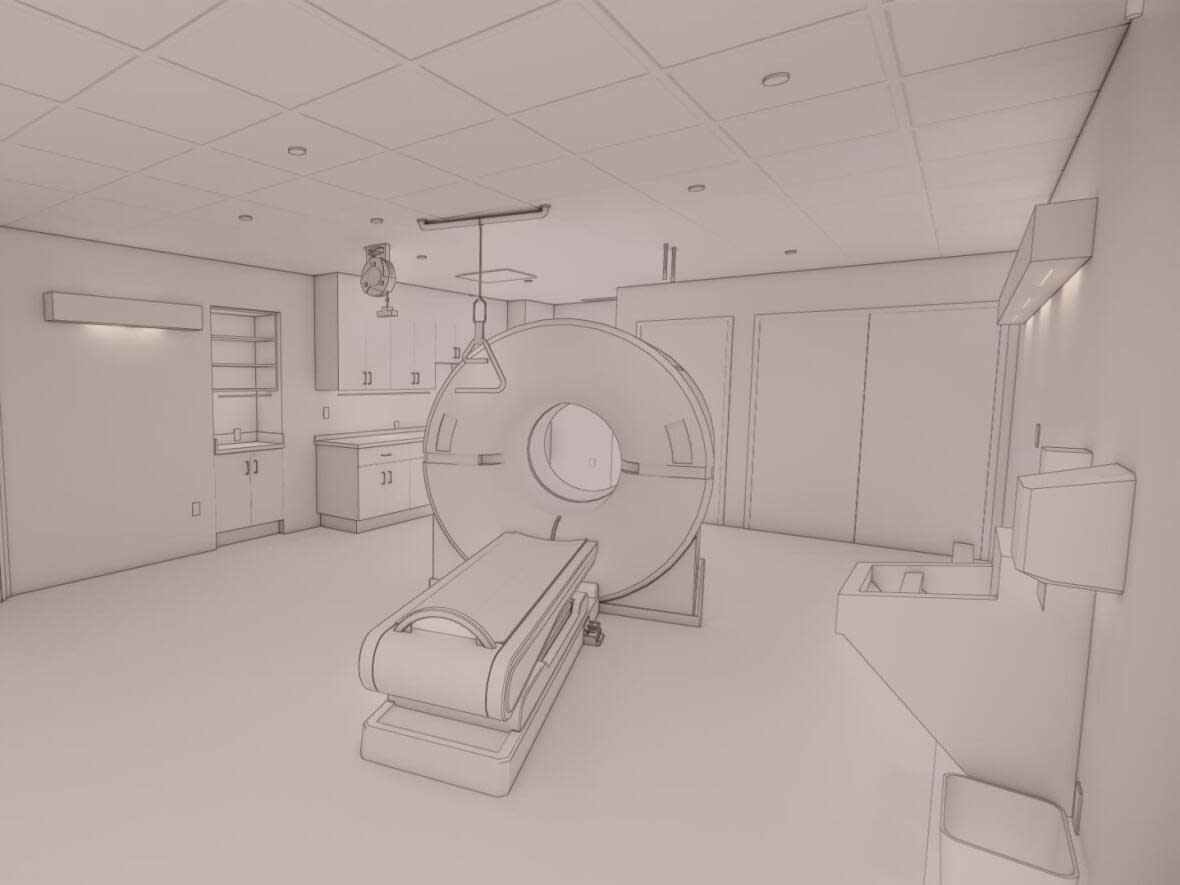Hospital foundations continue to help Alberta's health-care system. Here's how they work

Hospital foundations are indispensable to the health-care system in communities across Alberta and the country.
Take Wainwright, Alta., for instance.
Late last year people in and around the town, about 200 kilometres southeast of Edmonton, raised $2.2 million for a new CT scanner for the Wainwright Health Centre.
The effort, led by fundraising efforts of the Wainwright and District Health Foundation, earned the community headlines across the province.
But why does a foundation need to raise money for medical equipment when Alberta Health Service (AHS) is publicly funded?
The answer is priorities.
What is a hospital foundation?
A hospital foundation is a non-profit attached to a major hospital in a city or town that funds research and other enhancements to health care through donor support.
Funding projects could target equipment, programs, renovations, research and education in the community and across the province.
How do they function?
In Alberta, 69 hospital foundations support AHS hospitals and other facilities. Other foundations do similar work, like the Covenant Foundation that supports Catholic hospitals and facilities operated by Covenant Health.
Hospital foundations receive a grant from the provincial government covering rent and paper. It doesn't cover salaries as all positions are voluntary.
"From there we rely solely on public donations," Bill Lawson, chair of the Wainwright and District Health Foundation.
The foundation hosts an annual gala and other fundraising events throughout the year, Lawson said.
What is their relationship to AHS?
Hospital foundations are independent from AHS and are registered with the Canadian Revenue Agency. Through the objects of their bylaws, they support the sites and programs of AHS.
Where AHS can't fund a project right away or if it's low on the priority list, hospital foundations step up to cover the cost.
This practice is universal, especially in the western world, said Christopher McCabe, professor of health economics at the University of Alberta.
"Some [foundations] are focused on raising money to support research, as the University of Alberta Hospital Foundation, historically has put a lot of money into research rather than buying frontline clinical care equipment," he said. "Others are purchasing incubators or dialysis machines or CT scanners."
How do foundations prioritize fundraising efforts?
Alberta's 2021 health budget is $23 billion, not including COVID-19 impact. That's an increase of $900 million over the previous year.
McCabe said despite health care being the biggest single-ticket item on the province's budget, AHS can't be all things to all people.
"We can't put a fully functioning university-like hospital in every small town," he said.
Although the system could be better, right now the province has to prioritize based on population and need, McCabe said.
Foundations will often ask doctors at the hospital and those who sit on the board to recommend projects. Those projects are then presented to AHS for approval.
"The needs of all communities must be considered in a context of competing priorities, finite resources, and clinical needs," Heather Kipling, communications director for AHS wrote in an email.
What other projects are being worked on?
The Wainwright Health Centre's new CT scanner is now sitting in its front lobby.
The hospital is renovating space to accommodate the machine — using money raised by the foundation — and expects to start using the scanner by the fall.
Besides the CT scanner, the hospital foundation in Wainwright also took responsibility for replacing the hospital's outdated laparoscopy tower – diagnostic equipment used to examine the organs inside the abdomen.
The current laparoscopy tower doesn't work well and doctors often have trouble reading the screen, said Jamie Malone, the hospital's site manager.
AHS won't replace it until it's no longer functioning.
"Who knows when that is," Malone said.


